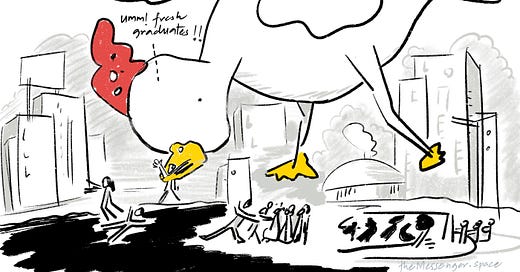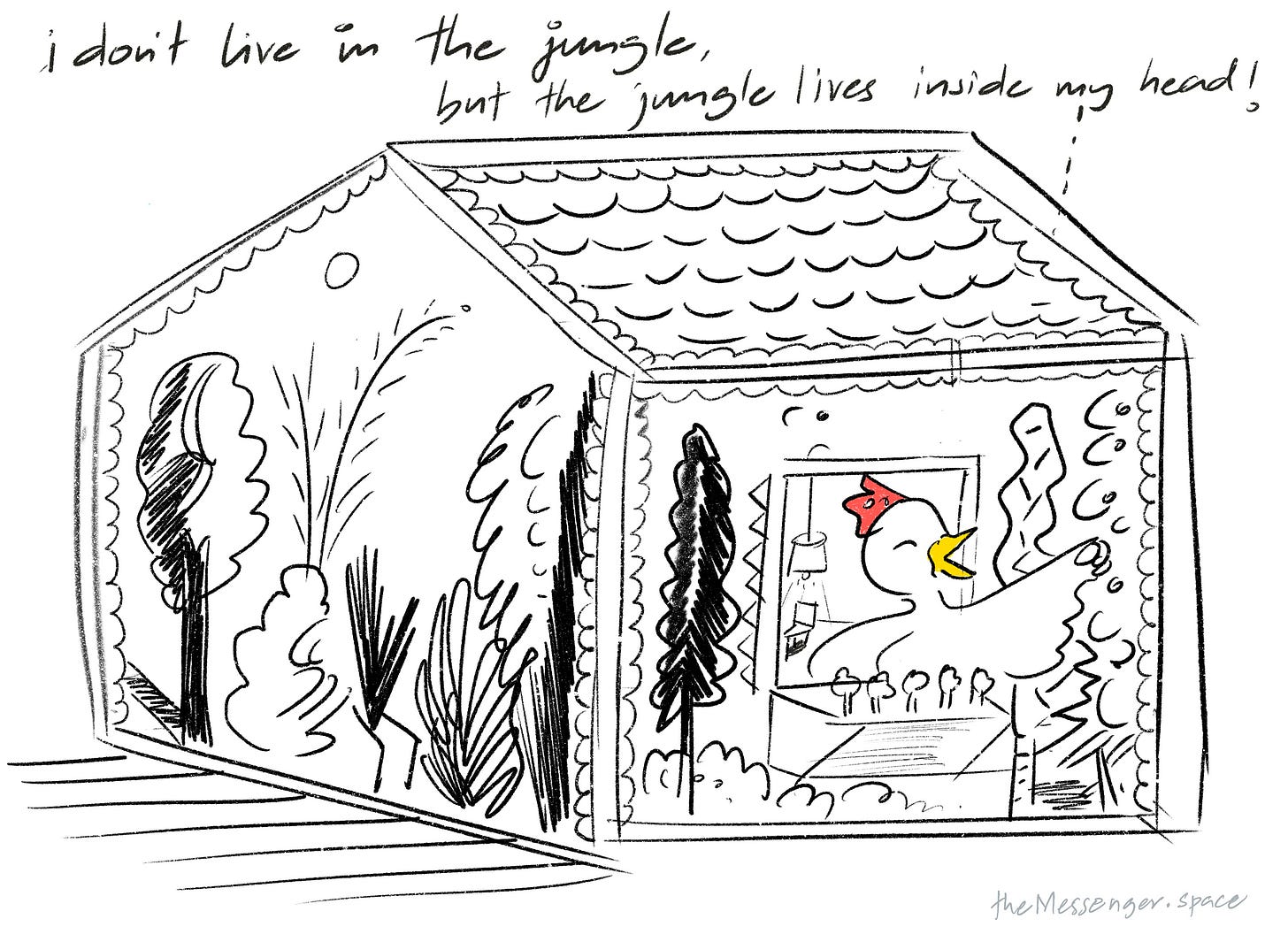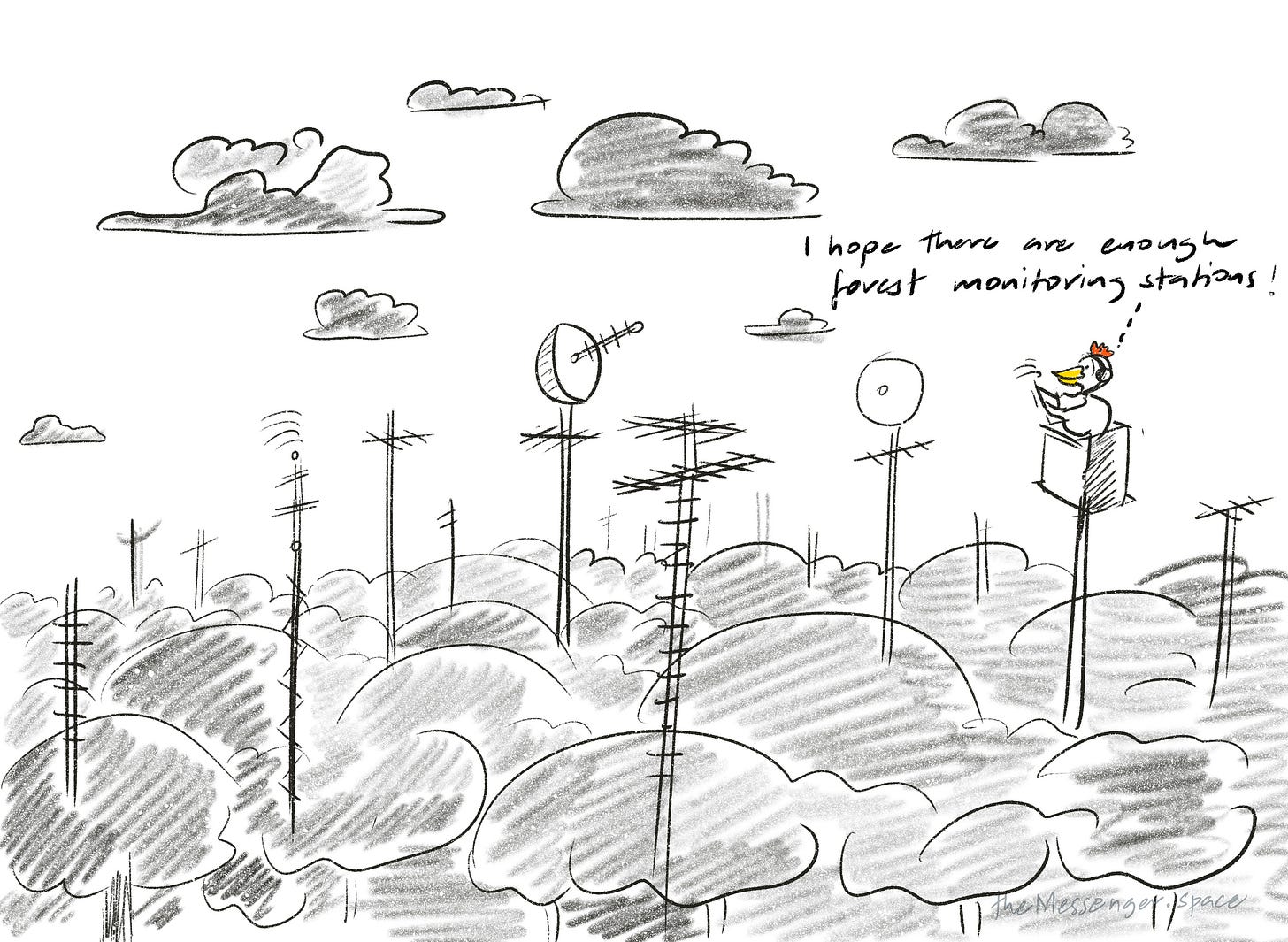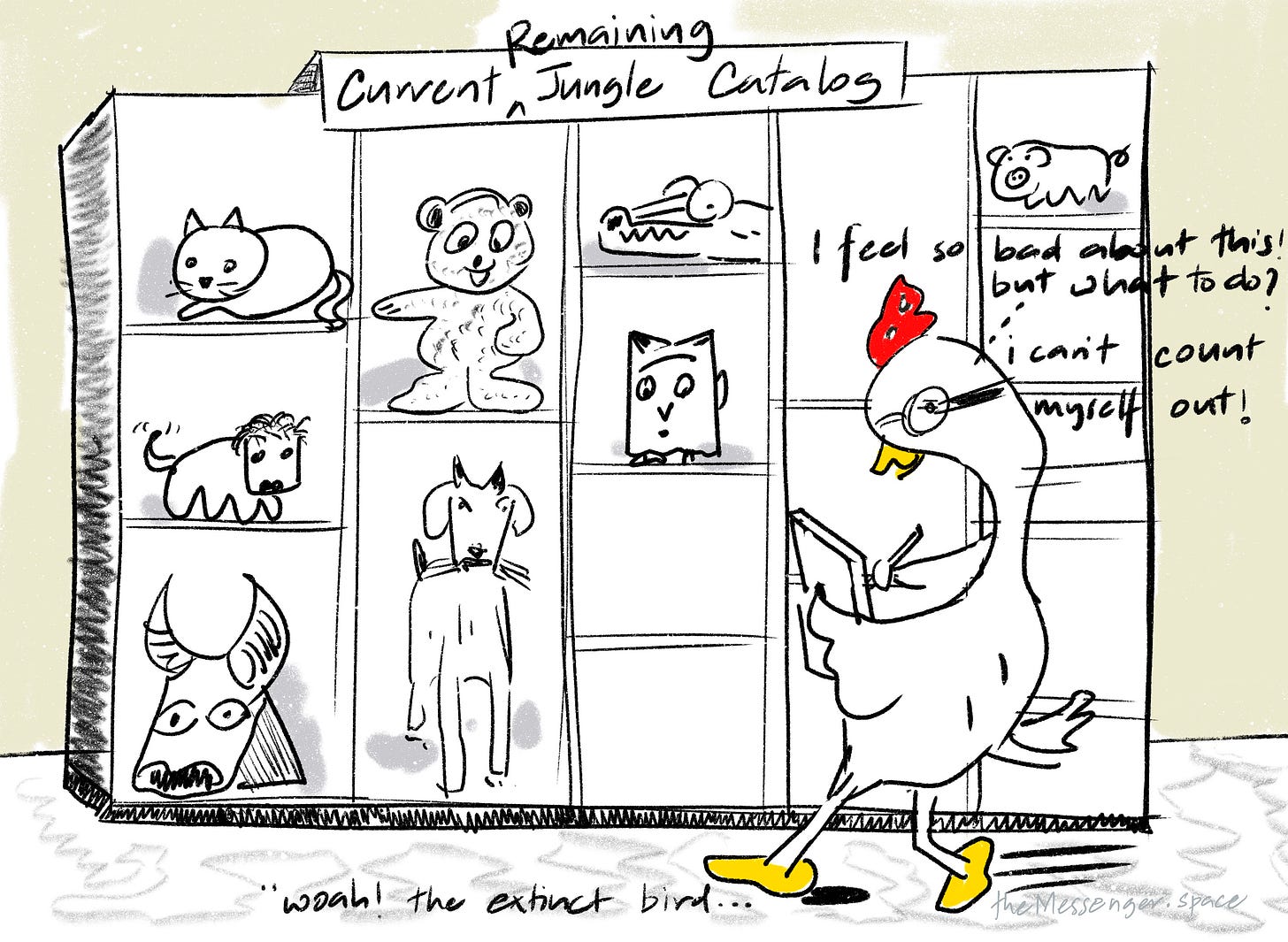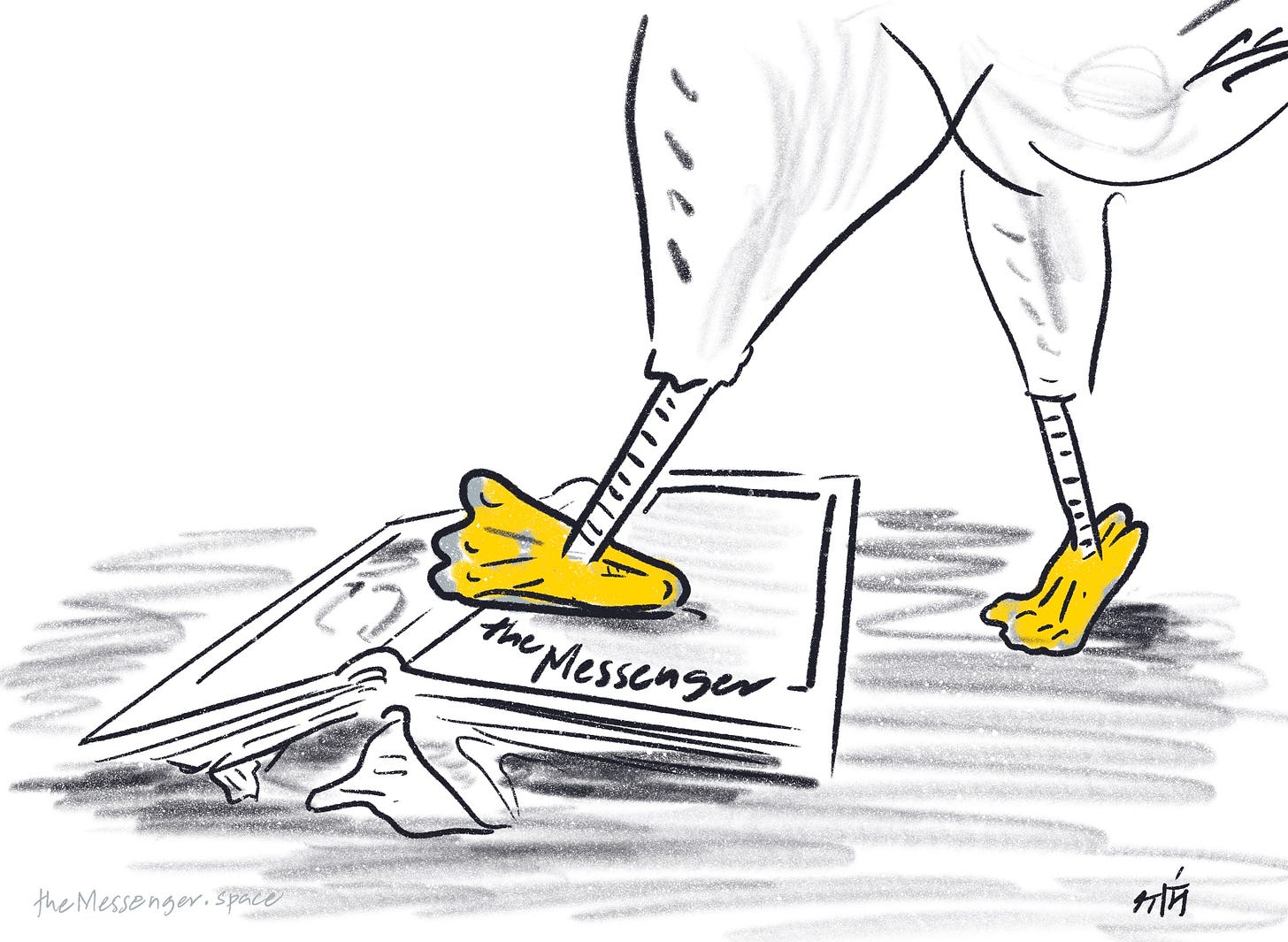Spoiler alert: we are slowly building towards an alternative world with cities similar to ours in some respects and different in others. Read on to discover some features of that alternate world.
The City in the Forest
What's your favourite fictional world? Are you the Black Mirror type or do you prefer the Lord of the Rings? To each their own. Some like fantasy worlds in which humans live as one with nature. Others prefer the rule of machines. But as we said last week, we live in a city even when we think we live in a forest.
Worldmaking is an urban form
There, we said it again. We are urban imperialists. Don't believe us? Think again. A Bollywood movie about happy villagers is still a Bollywood movie, one that needs studios and sets and lighting equipment and all the other paraphernalia of urban life. The concentration of people, energy, material resources and information one needs to imagine a world can only take place in a city.
It takes a city to imagine a forest.
But the city and the forest don't have to be two separate poles of human existence. The arrow of history doesn't have to go from forest to village to city. It could be a circle with the city embedded in a forest and the forest embedded in a city.
The first step in doing so is to recognize that the city is not only for its human residents.
In the movie version of the myth, the city screams HUMAN in capital letters. Urban dwellers are trapped in a world entirely of human creation, not knowing how plants grow or animals eat except as pots or pets. There's some truth to the myth, since urban life is defined by light, noise and air pollution, and by electricity, clock time and air travel, all annihilators of natural rhythms and destroyers of nonhuman life. At the same time, one should be aware that farms are also entirely a human creation; we dream of idyllic villages but the modern farm with its monocultured cash crops and extensive use of fertilizers and borewells isn't any closer to nature than cities are. In fact, both the city and the farm have been subsumed under the empire of _production_ with farms becoming sites of natural resource production and cities becoming sites of valued added production.
The Vermin Wild
A different city - we are not naive enough to say the city of the future - might well combine the forest, the farm, the factory and the family as different layers in one system. Like the terraced hills of Myanmar, this alternate city will be a 3D Rubik's cube of homes, urban jungles, small factories and gardens; flows of matter and information set free from the grip of production. And its tolerance must extend to the limits of possibility, for the seedy as much as the safe.
Cities are increasingly devoid of mammalian, avian and reptilian wildlife. Almost all animals larger than a mouse have been decimated by pavement and poison. At least Indian cities have feral animals such as stray dogs and cats, but they have a precarious existence in a world where the nonhuman is subsumed under the productive categories of property and sanitation. Crows, kites, sparrows and pigeons also dot the urban landscape, but insects and spiders dominate the nonhuman city. Our homes have ants, beetles, wasps and mosquitoes in the garden where their trails dot the landscape.
Some of those creatures scoot inside as well, where they're joined by cockroaches that make their way upward from the gutters. Just the other day, a friend screamed loudly as a cockroach ran close to her feet; her husband chased the insect and crushed it with his boot. It's an unremarkable incident for most of us. We never think twice about setting out a plateful of poison for them to eat or stomp them as they flit about. Why? Our insect companions aren't friends, but they aren't enemies either. Mosquitoes excepted. This is the vermin wild as we call it, the true wilderness that graces our cities.
Don't assume the urban wilderness will be a scene from the Jungle Books.
As the name suggests, we don't like the vermin wild much, spending money and effort trying to exterminate them. An earlier generation used to lay kolams to appease the insect gods, to keep them happy and in harmony with the household. Now we use pest control. It's about power, a way to turn that screaming fear that the friend couldn't control into foot stomping mastery.
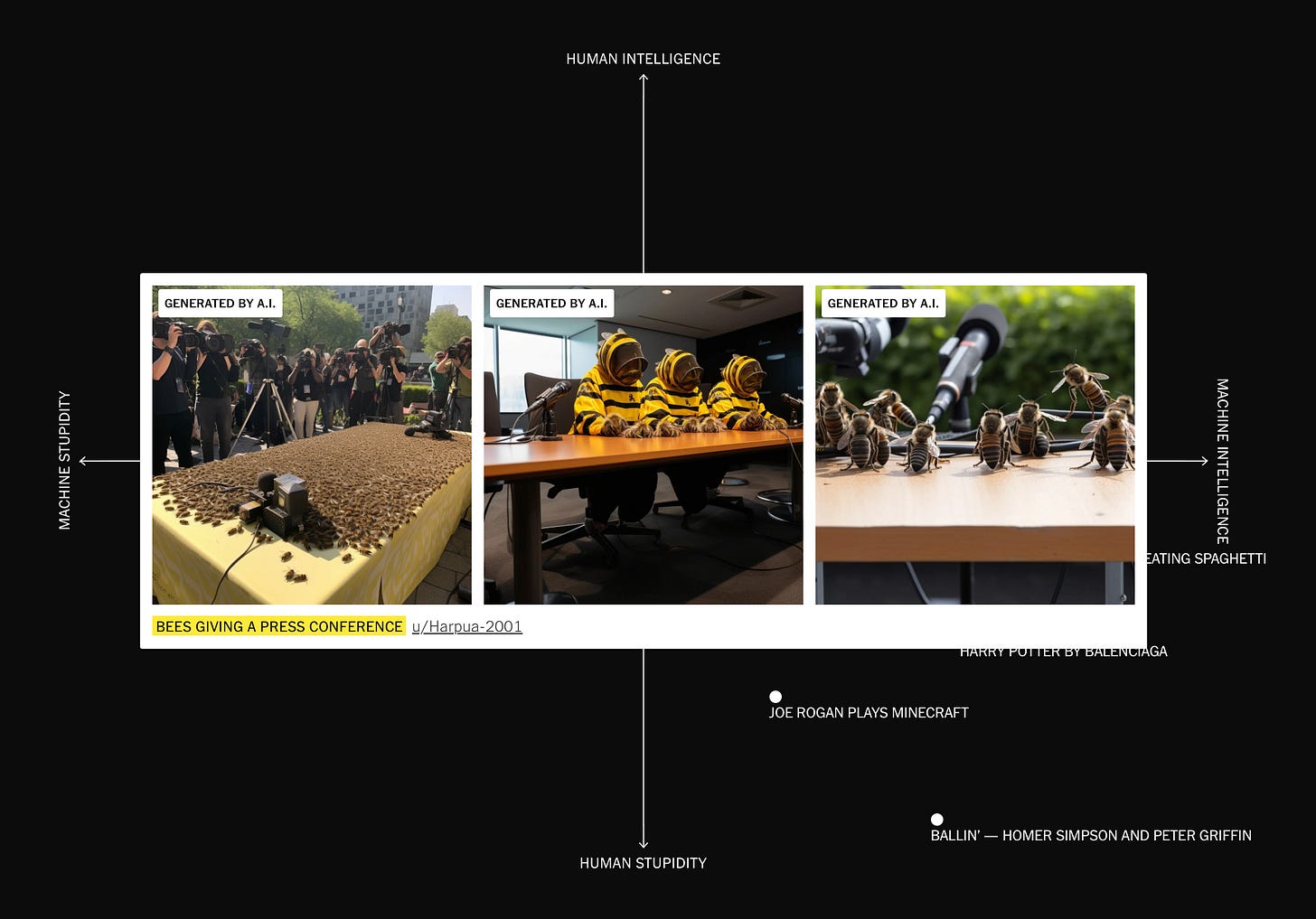
The sophisticated urbanite is happy to extend some fellowship to the good animals: cats and dogs of course, but also to cows, goats, pigs and sheep, animals that are primarily used for food. Like legalized immigration, it's easy to imagine a future in which these companion species are afforded a semblance of rights, of protection from arbitrary imprisonment and slaughter. The vermin wild has no such status. Who amongst us is willing to stand before parliament carrying banners that uphold the rights of cockroaches?
Yet, if we are to establish a genuine moral commons in which all creatures have some legitimate presence, we can't stop at marquee animals like lions and leopards or docile species such as lambs. It's not enough to create an eden where the lion can lie with the lamb in peace. A true moral commons requires more than the positive feelings of kindness and compassion; it requires the tolerance of disgust and fear, of the basest human emotions. The vermin wild is the horizon of our sympathy for a menagerie that we can barely bring ourselves to look at directly; no one ever stares at a cockroach with love; aren't they mostly seen through our motion sensitive peripheral vision?
Despite the moral police, thriving cities tolerate a seedy underbelly of sex, crime and subversion. The vermin wild is the natural extension of that attitude to the nonhuman world. We don't have to stomp on every cockroach.

